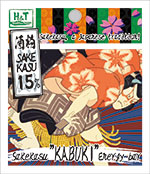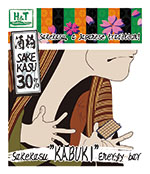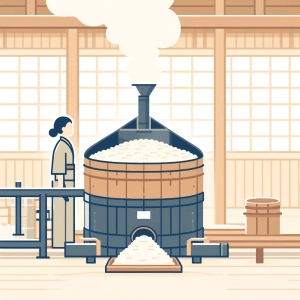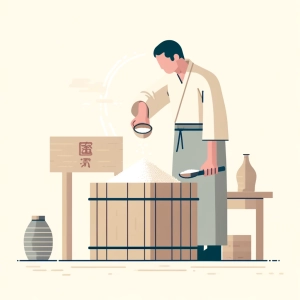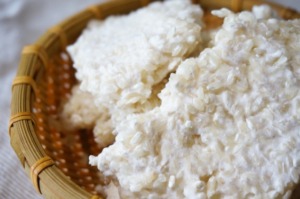Active ingredients of sakekasu
Sakekasu is a byproduct obtained during the sake manufacturing process and contains the active ingredients of sake. Specifically, it contains the following ingredients:
1 Amino acids: Sakekasu contains abundant amino acids, especially glutamic acid and aspartic acid. These amino acids are said to be useful for maintaining beautiful skin and health.
2 Vitamins: Sakekasu is rich in vitamins such as vitamin B group and vitamin E. In particular, B vitamins are important for maintaining energy metabolism and nerve function.
3 Minerals: Sakekasu contains minerals such as calcium and iron. These minerals are known to support bone health and blood health.
4 Phytochemicals: Sakekasu contains phytochemicals such as polyphenols and flavonoids. These ingredients have antioxidant effects and help maintain health by removing active oxygen in the body.
If you are using it for business purposes, we will be happy to discuss prices, lots, and payment terms.




